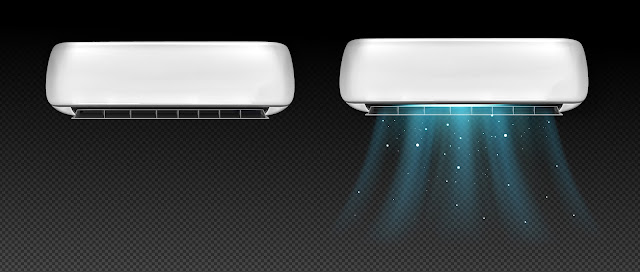Understanding your Air-Conditioner Features
There are many different features and functions that air conditioners offer. Model and manufacturer-specific features vary from unit to unit, and some even have brand-specific names. The possibilities are endless because they are all used for different things.
Here, we have compiled a list of some typical air conditioner features.
R-32 refrigerant
Refrigerant is the chemical composition of air conditioning systems that allows heat to transfer from indoor to outdoor air. After passing through compressors and evaporators, a refrigerant absorbs heat from the environment and produces cool air. There wouldn't be any refrigeration, air conditioning, or freezing technology without refrigerant. The next-generation single-component refrigerant R-32 effectively transports heat while having a negative impact on the environment. Compared to the electricity used by air conditioners that use other types of refrigerant, it can help reduce electricity consumption by up to 10%.
Automatic Cleaning Filter
Self-cleaning filters are now available for some air conditioners. The air conditioner may have to work harder due to dust accumulation, which will lower its overall performance. Self-cleaning filters remove airborne dust particles before automatically cleaning themselves regularly with an integrated brush. This feature ensures that the filters always operate at their highest efficiency while reducing the need for manual filter cleaning.
Comfort mode
Both heating and cooling operations can use this feature. You might occasionally notice a room's temperature has sharply decreased or increased. Use the Powerful mode if a quick temperature increase or decrease is required. This mode cannot be combined with other functions like Econo or Comfort mode and only runs for 20 minutes, after which it returns to the previous settings.
Motion Sensing (2 or 3 directions)
The device's motion sensors direct the airflow away from people when they are present, ensuring maximum user comfort. The air conditioner will switch to Econo or energy-saving mode when detecting an empty room. This function helps to reduce unnecessary energy waste. Some models can recognize temperature discrepancies and adjust airflow to balance the temperature throughout the space.
This guide can help you create the most comfortable environment for your home. Make sure you get the most out of your investment by helping you understand the air conditioner features and how they apply in a typical home setting.




Comments
Post a Comment